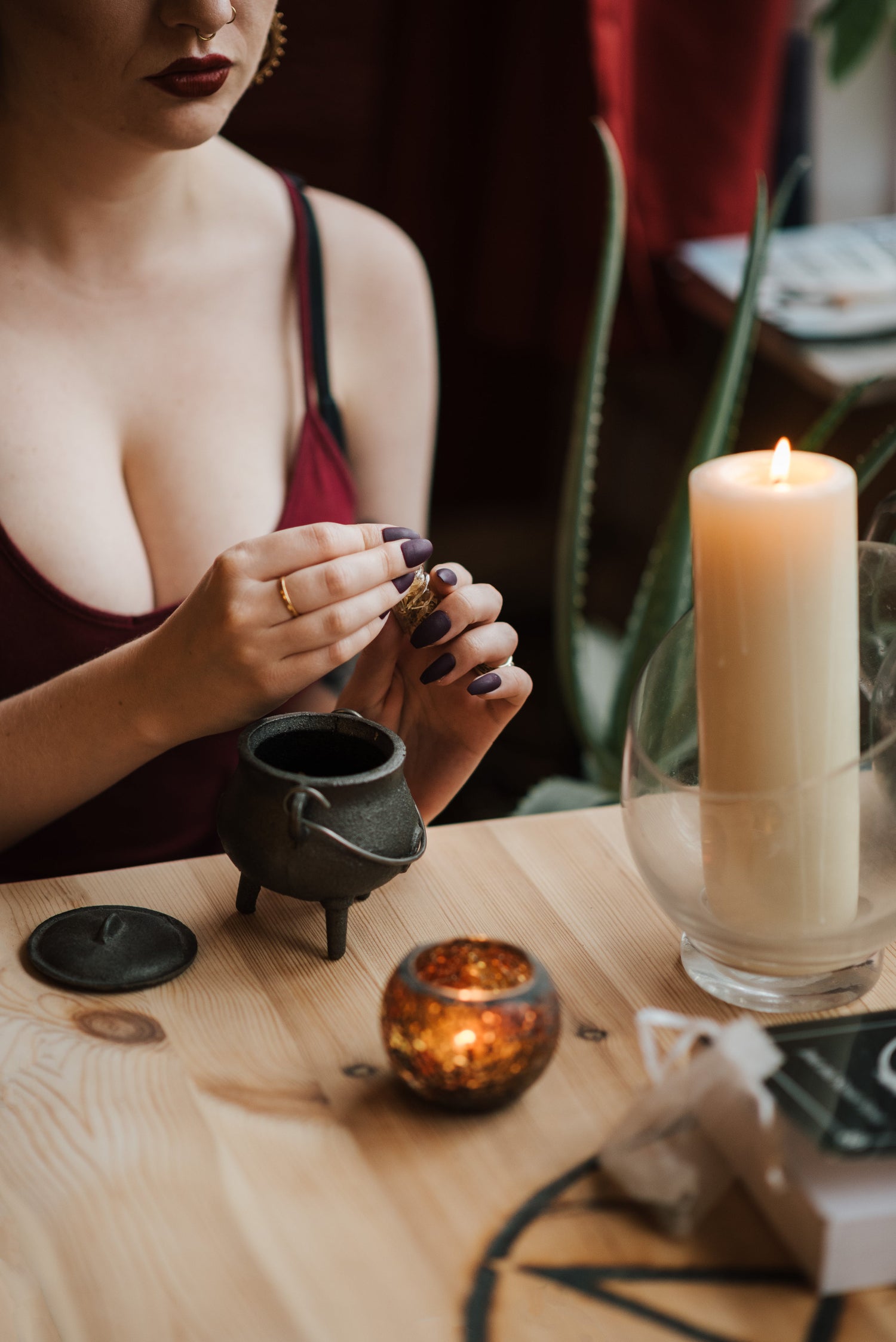In recent years I’ve come to deeply appreciate the history and significance of tarot in the world of divination. Tarot cards are more than just tools—they are portals into the subconscious, pathways to insight, and guides through the winding corridors of life's uncertainties. Over the years, I’ve worked with a wide range of decks, each unique in its symbolism and energy, but all rooted in an ancient tradition that stretches back centuries.
The Origins of Tarot
To truly appreciate tarot’s significance, it’s important to understand where it comes from. The earliest form of tarot cards can be traced back to 15th century Europe, originally created as a playing card game called "Tarocchi" in Italy. These cards weren’t immediately tied to mysticism or divination—they were a form of entertainment for the noble classes. However, like many tools in the mystical world, they began to take on deeper meaning over time.
It wasn’t until the 18th century that tarot became linked with the occult and esoteric traditions. French occultist Jean-Baptiste Alliette, better known as "Etteilla," was the first to publish a tarot deck designed explicitly for divination. From there, tarot's role in fortune-telling and spiritual guidance began to grow, eventually becoming what we know today.
How Tarot is Used in Modern Witchcraft
In my practice, tarot serves as a way to channel the energies of the universe and gain insights that aren't always visible on the surface. Every reading is a dialogue—a conversation between the querent (the person asking the question) and the cards. Whether I’m seeking clarity for myself or helping someone else unravel the threads of their life, tarot offers guidance.
One of the most beautiful things about tarot is its versatility. It’s not just for predicting the future (though that can happen). It’s also for self-reflection, spiritual growth, and tapping into the subconscious. When I’m in a ritual, tarot cards often serve as a mirror, reflecting aspects of myself or the situation that I need to pay attention to. They help me explore possibilities, illuminate paths forward, and, sometimes, confirm the truths I already know but might be reluctant to accept.
For those of you just starting, it’s important to know that tarot is not about memorizing card meanings (though that helps). It’s about intuition—learning to trust the subtle nudges and feelings that arise as you interact with the cards. Over time, the symbols begin to speak directly to you.
Suggested Tarot Decks for Beginners and Collectors
If you’re just beginning your tarot journey, choosing the right deck can feel overwhelming. But trust me—when you find a deck that resonates with you, you’ll know. Here are some decks I often recommend to beginners and collectors alike:
- Rider-Waite Tarot Deck: This is the classic deck, and for good reason. Its imagery is rich, clear, and easy to interpret, making it perfect for beginners. If you’re just getting started, I always suggest starting with Rider-Waite. It provides a solid foundation for learning tarot symbolism.
- The Wild Unknown Tarot: For those seeking a more intuitive and nature-based approach, The Wild Unknown Tarot is breathtaking. Its minimalist, hand-drawn art speaks directly to the heart. I find this deck particularly useful in personal readings where the emphasis is on self-discovery.
- Thoth Tarot: Created by Aleister Crowley and Lady Frieda Harris, the Thoth Tarot is dense with esoteric symbolism. This is a powerful deck but one I recommend for more experienced readers or those fascinated by ceremonial magick. It’s rich with depth and will serve collectors well.
- The Modern Witch Tarot: As someone who practices in today’s world, I’ve fallen in love with this modern reinterpretation of the classic Rider-Waite deck. The imagery is inclusive and fresh, yet it still stays true to traditional tarot symbolism. Perfect for witches of all ages who want a deck that reflects the contemporary world.
Summing Up: Tarot’s Legacy and Today’s Practice
Tarot's journey from a simple card game to a powerful divination tool shows how something can evolve over centuries, taking on new layers of meaning with each era. Today, tarot remains one of the most widely used forms of divination because of its accessibility and depth.
For beginners, start with a deck that speaks to you—whether it's the classic Rider-Waite or a deck that pulls on your heartstrings. Trust your intuition and remember that tarot is as much about the relationship you build with the cards as it is about the readings themselves.
Key Takeaways:
- Tarot originated as a playing card game in 15th century Italy.
- It became linked to divination in the 18th century with the work of occultists like Etteilla.
- Tarot is a versatile tool for spiritual guidance, self-reflection, and understanding the subconscious.
- Recommended decks for beginners include Rider-Waite, The Wild Unknown, and Modern Witch Tarot.
As you begin or deepen your tarot practice, remember that the cards are there to guide, not dictate. Use them as tools for personal empowerment and connection with the universe, and they will serve you well.


